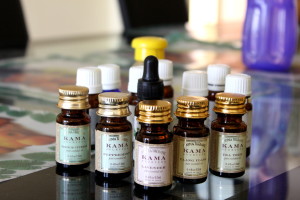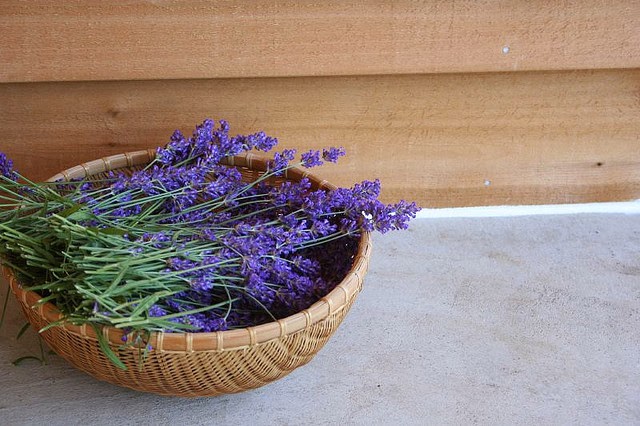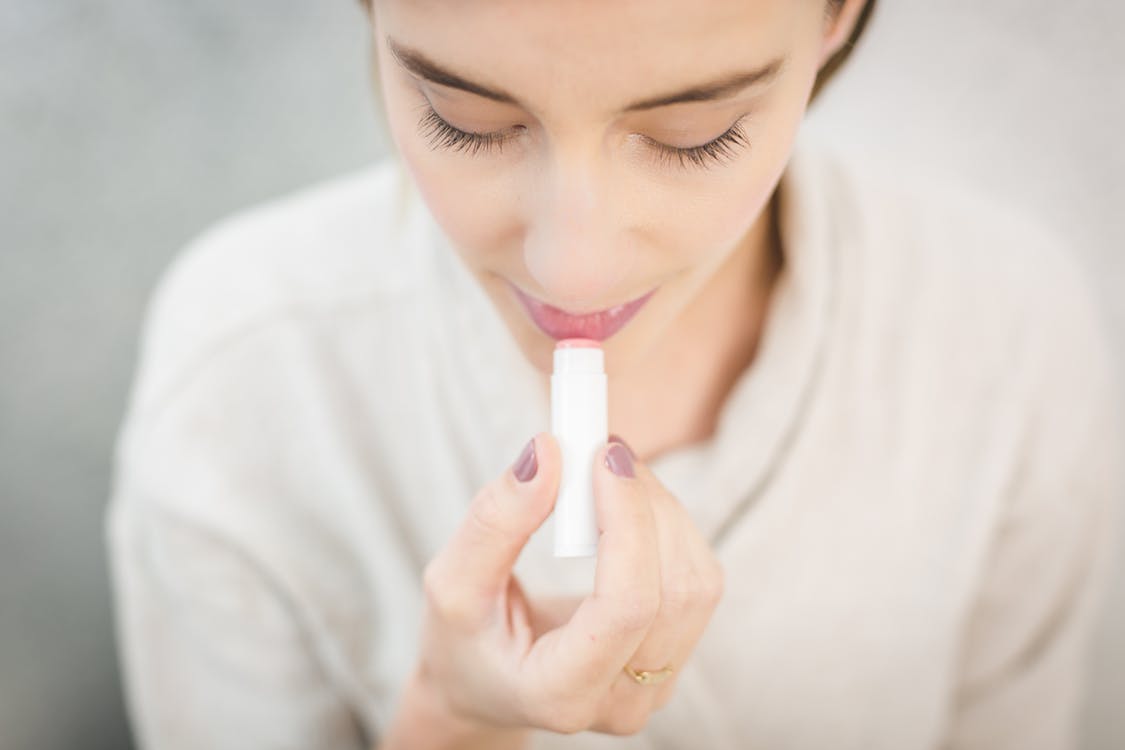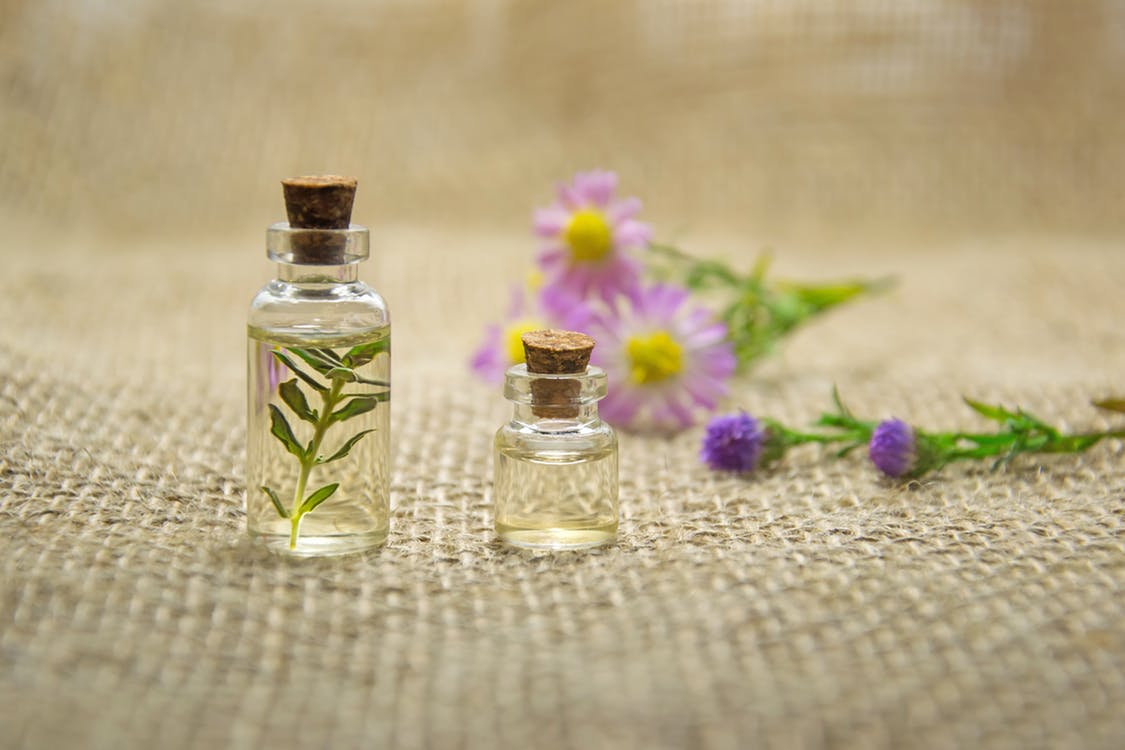What are Essential Oils?
An essential oil is an aromatic concentrated essence of a particular part of the plant like a bark of the stem or the flowers or the leaves or the root. The chemical composition of different essential oils depend on how and from where the essential oil was extracted. Different parts of the plant yields different compositions and, hence, different fragrances.
According to Dr. Brian Lawrence “for an essential oil to be a true essential oil, it must be isolated by physical means only. The physical methods used are distillation (steam, steam/water and water) or expression (also known as cold pressing, a unique feature for citrus peel oils). There is one other method of oil isolation specific to a very limited number of essential oil plants. This is a maceration/distillation. In the process, the plant material is macerated in warm water to release the enzyme-bound essential oil.”.[1]

The essential oils are for plants what blood is for human bodies. They can ward off the pests or the insects for protection, attract pollinators or prevent the growing of weeds or other plants to protect the parent plant [2].
Scientific Research on Essential Oils
Though there is not much scientific evidence on the effectiveness of the essential oils, various essential oils when studied in isolation have given assuring results. For example, Eucalyptus essential oil has been found to be a natural pesticide [3] and has been tested for antibacterial and antiviral activity against the pathogens in the respiratory tract [4].
Similarly, another study asserts that smelling lavender and rosemary helps in destroying free radicals in the body [5]. In another controlled single blind study, lavender has been found to have beneficial effect on insomnia and depression on women college students. Limonene, one of the nature’s most powerful cancer fighting constituents, has a ~97% of concentration in Orange Essential Oil [6].
These are just a few inconclusive studies. The research in essential oils is also limited because of the quality of the product. Each essential oil is different because every time it is produced, a plethora of factors affect the plant which in turn changes the composition of its constituents and, at the end, of the product itself. This is also the reason for lack of regulation and standardization of the quality of essential oil.
Hope you are interested in the series!! Do let me know you thoughts about it 🙂
[2] http://www.naha.org/explore-aromatherapy/about-aromatherapy/what-are-essential-oils/
[3] Batish, Daizy R. (2008). Eucalyptus Essential Oil as a natural pesticide. Forest and Ecology Management , Vol. 256, Issue 12, pp. 2166-2174.
[4] Cermilli, Claudio (2008). Effect of Eucalyptus Essential Oil on Respiratory Bacteria and Viruses. Current Microbiology, Volume 56, Issue 1, pp. 89-92.
[5] Atsumi T, Tonosaki K. Smelling lavender and rosemary increases free radical scavenging activity and decreases cortisol level in saliva. Psychiatry Res. 2007;150(1):89-96.
[6] Introduction to Essential Oil Basics – https://www.youtube.com/watch?v=4h3B7RepW5E&feature=youtube_gdata_player







Enjoyed the post. Looking forward to more such posts.
hey Madhu, thanks so much for the comment! looking forward to have you more here!!